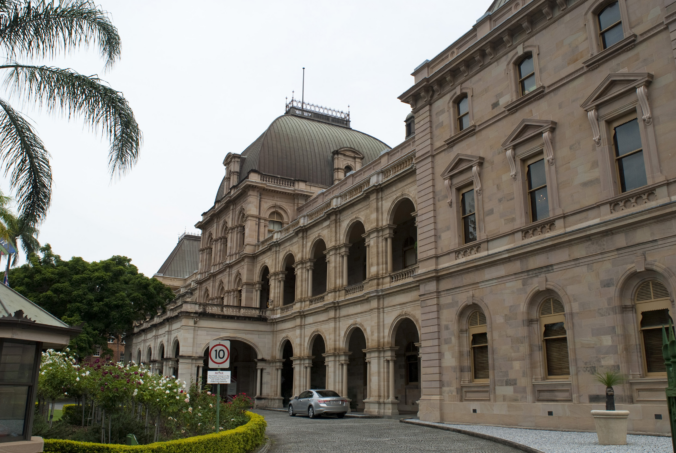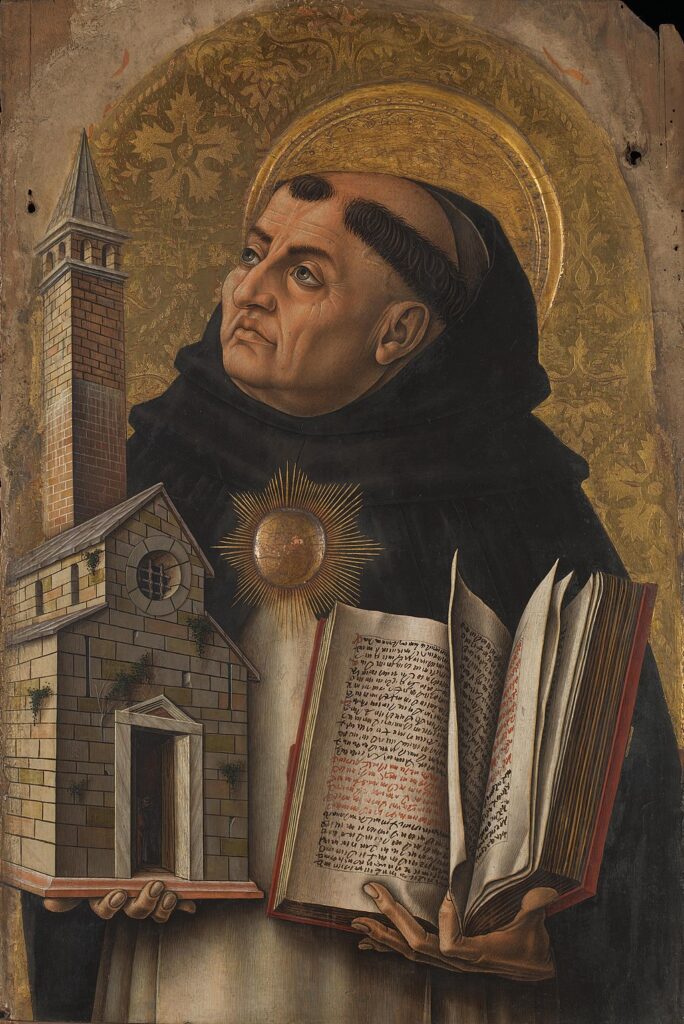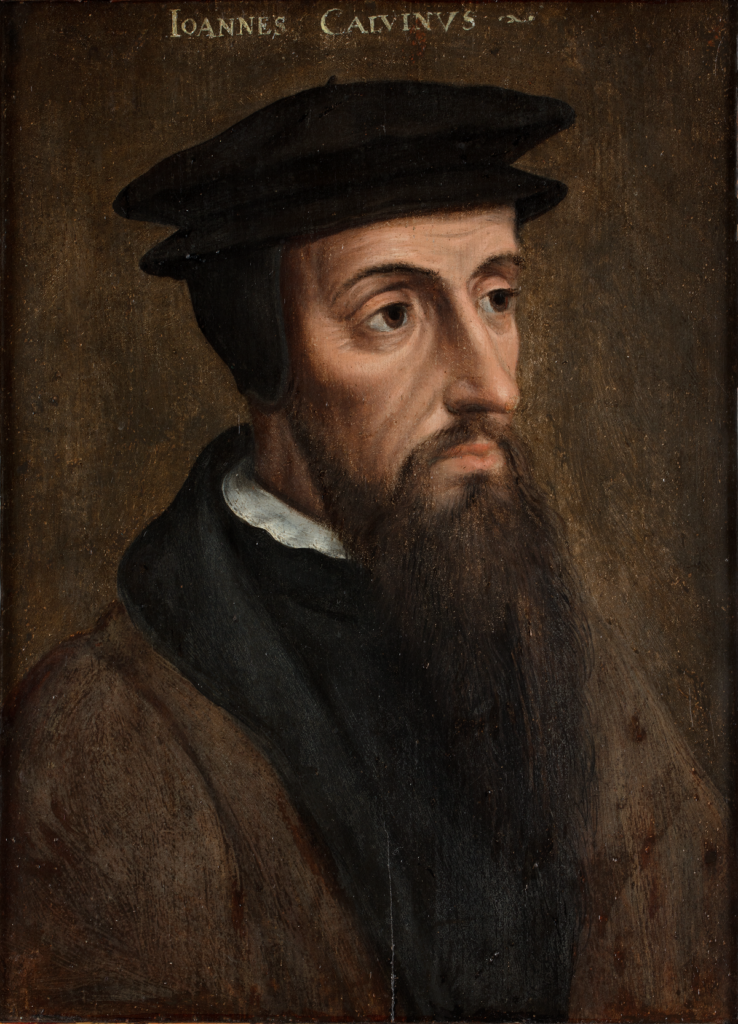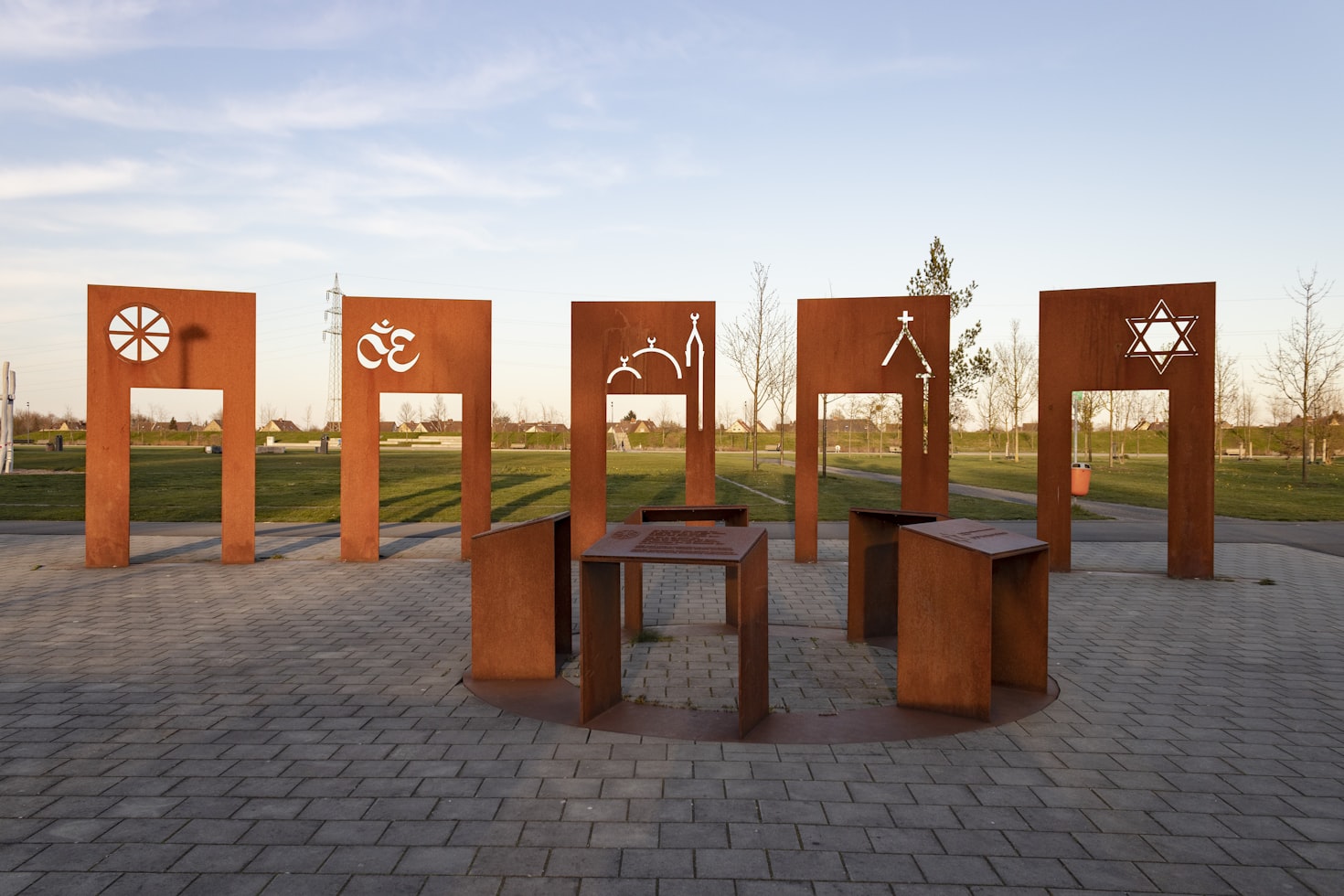This post is the second academic post examining Queensland’s Liberal National Party’s ‘adult crime, adult time’ policy. The posts are designed to ignite thoughtful discussion and debate. Mrs Kirstie Smith now offers her response to Associate Professor Andrew Hemming’s provocative analysis.
By Mrs Kirstie Smith, University of Southern Queensland
Introduction
As Queensland enters a new political era following this weekend’s election, it’s crucial to examine claims that have shaped the youth justice debate. The campaign’s central premise rested on the proposition that criminal offending results from rational choice and can be deterred through punishment. Moreover, Associate Professor Andrew Hemming’s recent assertion that the current system operates merely as a ‘get out of jail free card’ for Queensland youth, coupled with claims of ‘weak’ judicial decision-making ‘hampered’ by restrictive laws, demands careful scrutiny. These arguments, while politically potent, overlook Queensland’s growing body of mandatory sentencing orders and the crucial role of judicial discretion in achieving just outcomes.
Sentencing: Beyond the ‘Feel Good’ Response
The act of sentencing is a sophisticated balance of legislative purpose, legal principles, mitigation features, and circumstances of aggravation. These are predominantly set out in the Penalties and Sentences Act 1992 (Qld) and work in conjunction with the Youth Justice Act 1992 (Qld). While historically a key sentencing principle held that imprisonment should only be imposed as a last resort, this principle exists alongside deterrence objectives. As Justice Spigelman astutely observed:
The ineluctable core of the sentencing task is a process of balancing overlapping contradictory and incommensurable objectives. The requirements of deterrence, rehabilitation, denunciation, punishment, and restorative justice do not generally point in the same direction. Specifically, the requirements of justice, in the sense of just deserts, and of mercy, often conflict.
Legislative Changes and Their Impact
Associate Professor Hemming’s critique of child offender identity protection, particularly in the context of social media boasting, raises superficially compelling arguments. However, this perspective overlooks the substantial legislative response already enacted. Queensland governments have amended the Youth Justice Act over ten times in the last decade, including significant changes through the Strengthening Community Safety Act 2024 (Qld).
A key change has been the amendment of Principle 18, which previously enshrined detention as a last resort, stating that a ‘child should be detained in custody for an offence, whether on arrest, remand or sentence, only as a last resort and for the least time that is justified in the circumstances.’ The removal of ‘last resort’ fundamentally alters how courts approach youth detention, shifting from a presumption against custody to a more open-ended assessment of what time is ‘justified in the circumstances.’
The statute also modified the Childrens Court Act 1992 (Qld) to create a presumption of open proceedings for victims, relatives of deceased victims, and accredited media. Now, interested parties must be specifically excluded on a case-by-case basis. This operates alongside new offences criminalising the publication of criminal activity on social media, with heightened penalties where motor vehicles are involved. In addition, the penalties for unlawful use of motor vehicles were increased for both adults and children, with additional increases for the theft of vehicles at night. The Labour government had also introduced ‘extreme high visibility police patrols’ to deter would-be criminals from offending in the first place.
Case Study: The Limits of Deterrence in Knife Crime
Queensland’s approach to knife crime provides an excellent contemporary case study through which to examine both the deterrent effects of legislative change and the impact of public sentiment on maintaining punitive penalties. Recent tragic events — including the stabbing death of grandmother Vyleen White, the Bondi Junction attacks, and the stabbing of Bishop Mar Mari Emmanuel — have intensified focus on both penalties and police ‘stop and search’ powers. However, this reactive pattern of legislative response to public fear has a longer history.
In 2005, Bondy, Ogilvie and Astbury examined the rationale for expanding weapon control legislation. They cited the Law Reform Commission of Victoria’s caution that being armed with an offensive weapon ‘cannot be expected to have any impact on these types of serious, premeditated crime,’ emphasising that increased legislative controls should only be introduced when a ‘clear and demonstrable need exists.’ Despite this, legislative expansion typically followed high-profile incidents, with their research finding that traditional enforcement approaches only ‘played a subsidiary role in reducing young people’s weapon possession and carriage.’
The Australian Institute of Criminology’s 2011 report reinforced these findings, citing evidence from the UK that tougher penalties neither deterred knife carrying nor reduced reoffending; in fact, imprisonment increased recidivism. If deterrence worked as claimed, increased penalties should have shown immediate correlative effects. Instead, Parliament noted an 18% increase in knife-related offences from 2019 to 2023, despite implementing extensive ‘safe spaces’ trials, public campaigns, and restrictions on knife sales to minors.
Yet this evidence hasn’t deterred Premier Crisafulli from advocating, or former Premier Miles from expanding, existing legislation, police powers, and education regimes, including a $6 million boost to knife crime prevention campaigns announced in February 2024. This phenomenon can be understood as ‘cathartic’ — the public, largely unaffected by these selective restrictions, feels reassured that their fears have been recognised and something has been done, regardless of whether the measures are justified by evidence.
The Reality of Youth Crime Statistics
Fear and distrust have become the default safety measures in what media outlets portray as an era of unprecedented youth crime. Following election promises, late-night news broadcasts, and talk-back radio rhetoric, one might believe owning a car in Queensland has become an act of reckless optimism, given the supposedly inevitable theft by ‘untouchable’ young offenders. This narrative, however compelling for headlines and political campaigns, crumbles under the weight of empirical evidence and comes with a costly price tag.
The 2024–25 Budget allocates $365.1 million over four years to Youth Justice as part of a $1.28 billion Community Safety Plan. Of this, $224.2 million is earmarked for youth detention infrastructure, including the Woodford Youth Detention Centre, while $94 million will operate the Wacol Youth Remand Centre. Yet the Queensland Audit Office‘s 2024 report reveals youth crime has been steadily decreasing for over a decade. The number of young people charged with offences has fallen from 14,485 in 2011–12 to 10,304 in 2021–22. Perhaps more tellingly, youth offenders’ contribution to overall crime has decreased from 17% in 2011–12 to just 13% in 2022–23.
Queensland Youth Crime Trends
| Year | Young Offenders | % of Total Crime |
|---|---|---|
| 2011–12 | 14,485 | 17% |
| 2021–22 | 10,304 | 13% |
| 2022–23 | 10,878 | 13% |
Youth Justice Budget Allocation 2024–25
| Category | Amount (millions) |
|---|---|
| Detention Infrastructure | $224.2 |
| Wacol Youth Remand Centre | $94.0 |
| Other Programs & Services | $46.9 |
| Total | $365.1 |
This statistical reality raises serious questions about the allocation of public resources. While $221.1 million is dedicated to detention infrastructure in 2024–25 alone, community-based orders — which show success rates of 87% for non-Indigenous youth and 77% for Indigenous youth — receive comparatively modest investment.
What we are witnessing is not a crime wave but rather a surge in alarmist and misleading headlines designed to instil fear, increase clicks, and sell subscriptions. Historical analysis by ABC News reveals this is not a new phenomenon: Queensland’s media has consistently blamed ‘crime waves’ on ‘spoilt children, irresponsible parents, and lenient judges’ since the 1800s, regardless of actual crime rates. Neither mainstream media outlets nor the state’s politicians appear interested in presenting these statistical realities. Instead, nuanced discussion of underlying issues remains notably absent while rhetorical attacks on the judiciary and political opponents continue, threatening to destabilise trust in democratic institutions and blur the separation of powers.
The new budget does include some promising initiatives, such as the Intensive On Country Program for Indigenous youth and expanded after-hours services, but these remain overshadowed by the emphasis on detention infrastructure.
This disconnect between public perception and statistical reality creates a challenging environment for evidence-based policy making. When fear drives policy, we risk implementing ineffective but politically expedient solutions while overlooking proven interventions that could genuinely reduce youth offending. We also further cripple the human rights not only of our most vulnerable, Queensland’s children, but of everyone. These legislative amendments and presumptive onus shifts apply to all — a fact that escapes most until it applies to them.
Moving Forward: The Challenge of Evidence-Based Reform
As Queensland enters this new political era, the challenge lies in reconciling ‘Adult Crime, Adult Time’ rhetoric with evidence-based approaches. While increased penalties may satisfy public demand for action, we know that short sentences of imprisonment provide no beneficial outcomes despite satisfying the ‘principle of deterrence’ (R v Hamstra [2020] QCA 185).
The reality of Queensland’s youth justice system is far more nuanced than recent political discourse suggests. While Dr Hemming’s critiques and the new government’s ‘Adult Crime, Adult Time’ policy may resonate with public sentiment, they overlook both the substantial existing framework of penalties and the empirical evidence about youth crime trends and effective interventions. Moving forward, the focus must remain on evidence-based approaches to reducing youth offending rather than politically expedient solutions if we really want to act ‘in victim’s best interests’.
Author

Kirstie Smith is a Mununjali, Yugembeh woman and Lecturer in Law at the University of Southern Queensland, based at the Toowoomba campus on Jagera, Giabal and Jarowair country. She practises in criminal defence in Toowoomba.
Kirstie serves on the executive committees of both the Downs and South West Queensland Law Association and the Queensland Law Society’s Future Leaders Committee. She is an active member of Women Lawyers Association Queensland, Australian Lawyers for Human Rights Inc, and Indigenous Lawyers Association Queensland.
























Recent Comments